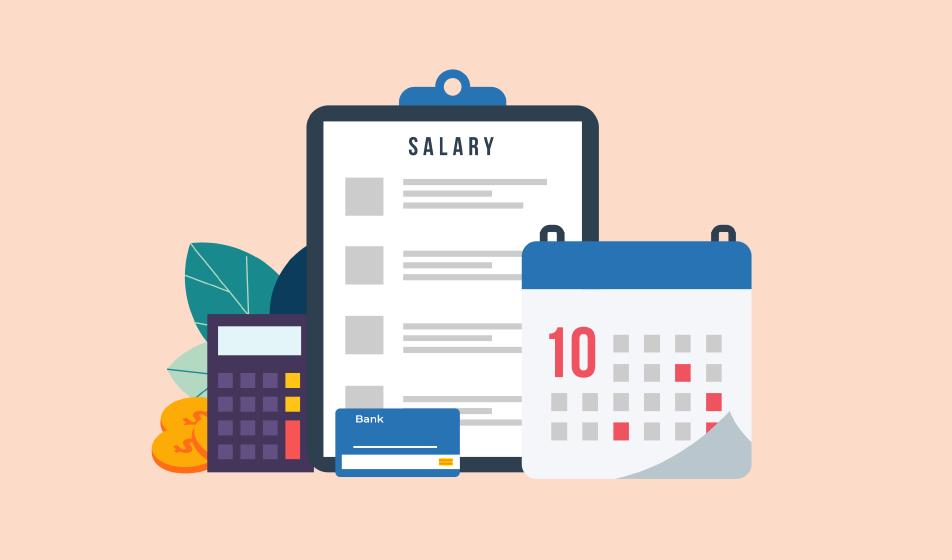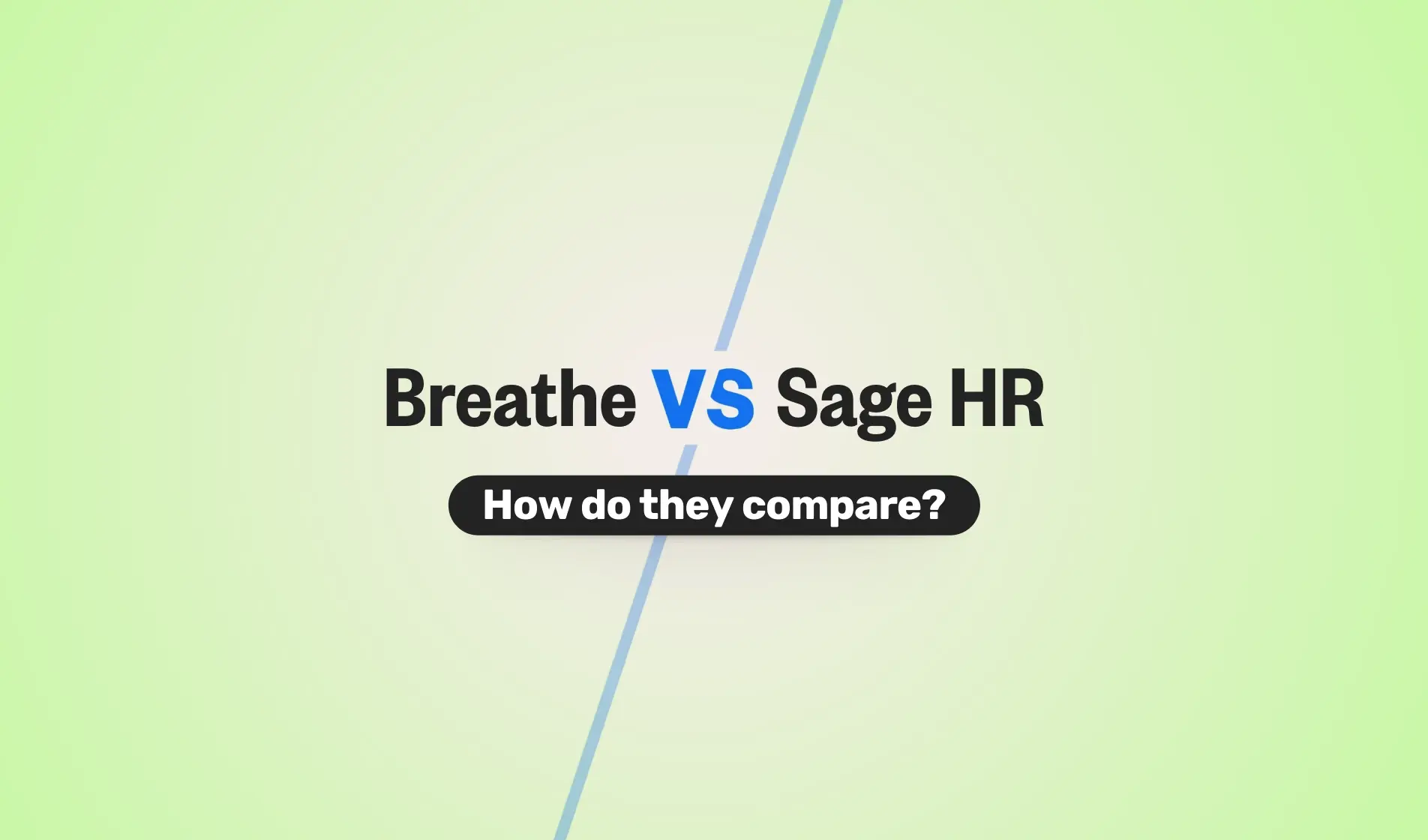We understand that creating a rota is a tough task at the best of times, especially when there’s illnesses, annual leave and unexpected absentees to contend with. However, that doesn’t mean you should put off creating a rota that works for all your staff members.
Whether you’re in retail, healthcare or hospitality, a rota is essential in keeping the wheels of your workplace slick. It also helps ensure your staff are happy and content in their roles.
By wanting to implement a fair rota you are making the conscious decision to put the needs of the people you work with first. So read on and find out how you can make your next rota a fair one.
Skip to:
Why you should make a fair rota
3 benefits of a fair rota system
What is a work rota?
A work rota is a document, plan or system that lists the employees who need to do a particular shift, including the dates and times at which they're scheduled to complete their responsibilities. Rotas can be weekly, biweekly or monthly depending on the need.

What is a rolling rota?
A rolling rota, on the other hand, is when staff take it in turn to work a particular shift type or alternate their working and non-working days.
A rolling rota is usually used in industries like healthcare where there are a variety of shift types and it allows for each employee to take on the different shifts so that not one person is always doing a shift that is unsociable hours, or taking on duties that come with a particular shift.
.webp?width=532&height=318&name=breathe%20rota%20time%20and%20attendance%20ui%20(2).webp)
What makes a rota 'fair'?
A fair rota system is one that aims to be inclusive, accommodating, non-preferential and balanced. Your rota schedule should be created to ensure all employees are always treated equally, while also taking into consideration what is good for the workplace as a whole.
This is where a fair rota excels in comparison to the adoption of a poor shift pattern, which shows favouritism in time allocation and distributes changes in working hours at the very last minute.
A work rota is a document, plan or system that lists the employees who need to do a particular shift, including the dates and times at which they are scheduled to complete their responsibilities. Rotas can be weekly, biweekly or monthly depending on need.
Why you should make a fair rota
A workplace thrives under a fair rota system. We should create them because they can help employee engagement, attentiveness and wellbeing. This has the positive effect of reducing workplace stress for employees by helping staff feel valued and not overworked.
If you regularly notice issues being flagged—such as certain individuals always getting poor shifts, unbalanced workloads, or staff shortages during the busiest hours—a poorly constructed rota is a likely cause. Similarly, the opposite will happen during the most quiet ones for your business.
3 benefits of a fair rota system
There are a number of benefits that come along with implementing a fair rota system, but the key ones are:
1. Everyone should get a fair deal
Staff should have a balanced mix of favourable and unfavourable shifts. No one should constantly work shifts they dislike, or get their favourite shift every week over another member of staff.
2. It can make the most of your budget
This can help the workplace function at optimal efficiency, with employees working without feeling burnt out and undervalued. You will also have the right staff available at the right times. In the busiest hours you will have enough staff to run the shift smoothly, and when it’s quiet you will only have the staff that you need.
3. Get exactly the right mix of people
Different situations require different qualities, and therefore, different members of staff. Make sure you always have the correct staff at hand with a fair rota.
How can we make fair rotas?
Now that we’ve established what a fair rota is, it’s important to understand how to go about making a fair rota.
How to make a fair rota
Now that we've established what a fair rota is, it's important to understand how to go about making a fair rota.
1. Think about how you can make things fair for your employees
Ask them honest questions about availability. Bear in mind they may say yes just to make you happy, so challenge this.
2. Be honest
Not everyone can have the shifts they want all the time, but ensure you consider how you can rotate shifts. This will mean everyone can take part in a shift pattern that works for them.
3. Show no favouritism when creating the rota
Just because you may be friends with certain members of staff, it is no reason to give them preferential shifts.
4. Don’t hand shifts out at the last minute
Instead, plan shifts weeks ahead but allow room for flexibility. You cannot predict what the future holds, but staff will appreciate the security in knowing exactly when they are working and are able to plan their free time around it.
5. Use a data-based approach
By analysing when there are the most customers, visitors or calls coming into your workplace, you can always be prepared with the right amount of staff on hand. This also means that when things are at their least busiest, you are not over staffed and can save money.
Fair rota planning made easy with Breathe
Create your rota and assign your team to shifts in a flash with time-saving drag & drop functionality in our rota scheduling software.
Save yourself time and energy knowing that all your scheduling and employee information is in one place.
Click on the banner below to find out which HR software is right for you today.

Author: Aimée Brougham-Chandler
An IDM-certified Digital Copywriter (2023) & English Language & Literature graduate (BA Hons), Aimée is Breathe's Content Assistant. With 3 years' content marketing experience, Aimée has a passion for writing - and providing SME HR teams with solutions to their problems. She enjoys delving into & demystifying all things HR: from employee performance to health and wellbeing, leave to company culture & much more.





